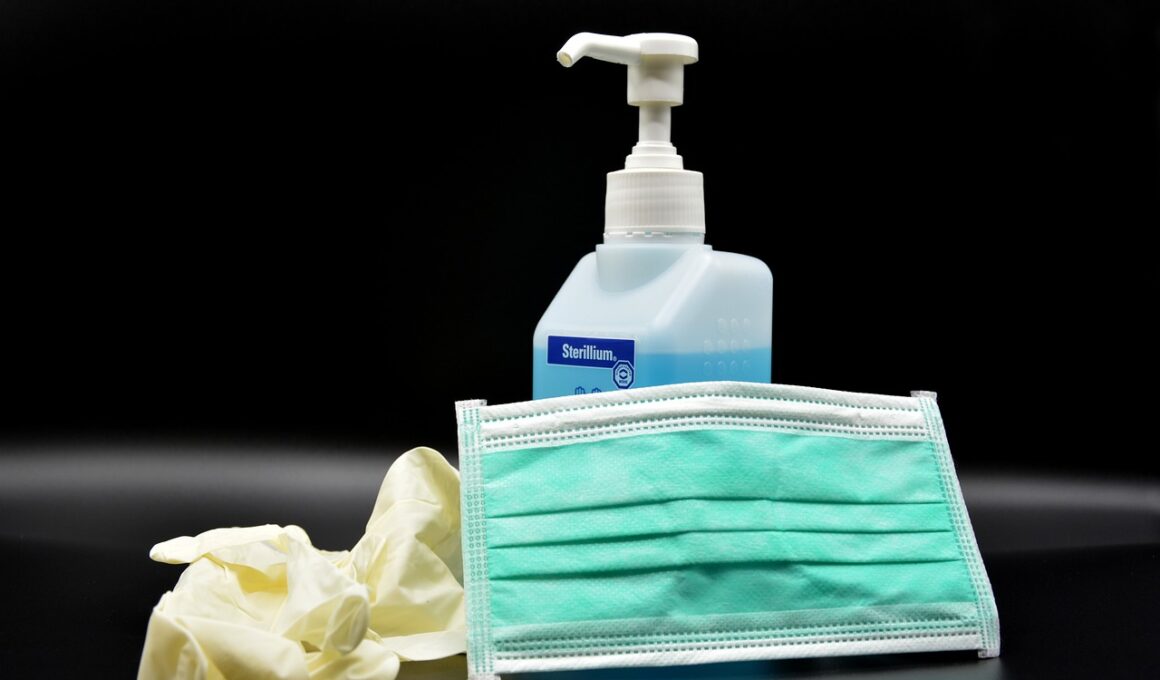Handling Pool Equipment Safely to Avoid Accidents
Swimming pool safety is a crucial aspect that every pool owner and user should prioritize. Proper swimming pool maintenance and safe operation can significantly reduce the risk of accidents. One of the primary considerations is ensuring that all pool equipment, such as filters, pumps, and heaters, is in good working condition. Regular maintenance checks and inspections will ensure that everything operates efficiently and safely. A thorough understanding of how to use pool equipment can prevent mishaps. Always follow the manufacturer’s guidelines for safety when handling such devices. Additionally, protective gear is advisable, especially when repairing or maintaining equipment. Pool safety also extends to ensuring that the pool area remains safe from hazards. Keeping the area clear of debris or obstacles can prevent slips and falls. Children and pets should always be supervised around pools. Clear instructions and warnings should be visible near pool equipment. Establishing rules for pool usage will also help in maintaining safety. Remember, taking proactive measures in handling your pool equipment is the key to avoiding accidents. Safety should always come first, ensuring everyone can enjoy their time around the pool.
One vital aspect of handling pool equipment safely is proper training. All users should receive instruction on how to operate the pool’s tools and devices correctly. This training can include safety tips, emergency procedures, and operational guidelines. It is essential that users know how to turn off equipment in case of an emergency. Additionally, having a clear understanding of the electrical components of pool equipment is critical for avoiding risk factors. Misuse of electrical devices can lead to serious accidents, such as electrocution. Therefore, all equipment should be handled with care, ensuring that electrical connections are secure and waterproof. Furthermore, isolation of electrical components during maintenance is crucial, as it prevents accidental activation. Using labels and warnings on pool equipment can also enhance safety. Be sure to instruct all users, especially children, about these warnings. The pool environment must also be childproofed. Barriers such as fences or locks on pool access points should be installed to keep kids safe. Furthermore, never allow anyone to operate pool equipment under the influence of alcohol or drugs in order to ensure complete focus and safe handling.
Regular Maintenance of Pool Equipment
Regular maintenance of pool equipment is crucial for ensuring safety and longevity. Schedule periodic inspections of all devices, documenting their conditions and maintenance history. Routine cleaning keeps filters and pumps free from obstructions. Ensure the pool water is balanced with proper chemical levels, as this can impact equipment performance. By maintaining your chemicals correctly, you will achieve better sanitation and protect devices from corrosion. In addition, check hoses, skimmers, and underwater lights routinely for any signs of wear or damage. Avoid using equipment that is damaged because it can pose safety hazards. It is also important to clean the pool deck and surrounding areas to prevent slips. Ensure that the surfaces are dry and free from algae buildup. When cleaning, use non-slip mats and safety signs in slippery areas. Another key maintenance aspect involves inspecting the pool liner or surface. A smooth, maintained surface enhances safety and reduces the chances of injury during swimming. Lastly, scheduling a professional inspection once a year can be a wise choice. Such careful oversight will minimize risks while maximizing pool enjoyment. Don’t neglect these aspects, as they are essential for maintaining a safe swimming experience.
Understanding the operation of pool chemicals is vital for safety. All users should be educated about the proper methods for handling and applying pool chemicals. Correct storage ensures they are out of children’s reach and clearly labeled. Furthermore, always keep chemicals in their original containers with safety warnings. Utilizing protective gear like gloves and goggles during handling is necessary to avoid contact. When adding chemicals to a pool, never add water to chemicals; add chemicals to water instead to prevent dangerous reactions. Additionally, it is advisable to maintain a first-aid kit near the pool area, including treatment for chemical exposure. Users should be aware of emergency contact numbers in case of chemical emergencies. Clear and visible signage can remind users about safety precautions when interacting with chemicals. Monitoring chemical levels weekly will help maintain a safe swimming environment for everyone. Regular tests for chlorine, pH, and alkalinity should be implemented. Using a reputable pool service can provide invaluable assistance in ensuring safe chemical use. The health of swimmers greatly depends on chemical maintenance; complete cycles should be followed diligently to prevent issues from occurring. This attentiveness will lead to enjoyable swim sessions free from concerns.
Emergency Preparedness Around Pools
A comprehensive emergency preparedness plan is essential for ensuring pool safety. Every pool owner should have a protocol for emergencies like drownings or equipment failures. Regular swimming lessons can prepare users on how to react during distressful situations. Additionally, practicing CPR can contribute to saving lives in emergencies. Poolside safety equipment, such as flotation devices, should always be in place and easily accessible. Training individuals on how to use these devices properly can enhance their effectiveness during emergencies. Furthermore, clear communication about safety protocols among pool users is essential for everyone’s well-being. Establish group roles among users, including assigning a pool monitor, especially when children are present. First aid kits stocked with essential supplies must be accessible. Establishing emergency exit routes around the pool area can also enhance safety awareness. Avoid having any obstructions in these designated pathways. Organizing mock emergency drills can build confidence among users regarding emergency responses. Implementing technology like pool alarms can provide alerts if someone enters the water unexpected. Being prepared is the best safeguard against accidents around pools. Adequate preparation ensures that you create a safer swimming environment for everyone involved.
Incorporating safety features into your pool design can greatly enhance user safety. Installing a pool cover can prevent accidental entries, especially when the pool is not in use. Fences with self-closing gates can act as barriers for unauthorized access. Additionally, features like depth markers and warning signs around the pool are essential. A shallow area clearly marked can prevent dangers to unsuspecting swimmers. Using slip-resistant surfaces around the pool will reduce the chances of falls, enhancing overall safety. Depth markers should be placed within everyone’s sight for immediate awareness. Using bright colors for these features can attract attention and alert users of any potential risks. Another note is the importance of proper lighting around the pool area. Adequate lighting allows users to see potential hazards after sunset effectively. As darkness falls, this awareness becomes critical for safety. Furthermore, regularly assessing the design and layout of the pool area with a safety expert can yield positive results. Regular safety reviews ensure that all features are functional, maintainable, and offer maximum protection for users. Investing in these safety enhancements will undoubtedly promote a safer environment, encouraging everyone to enjoy the swimming experience with haste.
Conclusion: The Importance of Safety Measures in Pools
In conclusion, ensuring safety in and around swimming pools is a multifaceted approach that requires great attention. By prioritizing proper handling of pool equipment and regular maintenance, you build a strong safety foundation. Education about pool safety and equipment use is fundamental for minimizing risks. All pool users must be aware of the rules and the correct usage of various devices. Furthermore, having strategic plans in place for emergencies can save lives and ensure swift responses to unfortunate incidents. Regular inspections of equipment and chemical levels are key in maintaining a secure environment. Incorporating safety features in the pool design is equally important for prevention and can reduce accidents. Engaging professional services for a detailed safety evaluation can contribute significantly towards a safer swimming experience. Remember that safety is everyone’s responsibility, fostering a community of awareness and caution while enjoying pool activities. Families can feel reassured knowing that proactive steps are being taken to protect loved ones at the pool. Emphasizing a safety-first approach allows all swimmers to enjoy their experience without concerns or fear of accidents occurring. Together we can make swimming pools a safe haven for relaxation and fun.
Investing time and effort into safety measures is not merely a good practice but vital. Every swimming pool owner has a duty to ensure safety for all. Whether it’s through regular equipment maintenance, emergency preparedness plans, or safety training, each action contributes to a safer swimming experience. Families need to lead by example, promoting safe habits among kids and guests. Ultimately, people want enjoyable activities at swimming pools but without the worry of accidents. Implementing comprehensive safety measures can create an environment that promotes both fun and hazard reduction. Safety around pools enhances not just the experience but boosts the overall enjoyment of swimming. In addition, consider sharing safety knowledge with neighbors and pool users. Creating a community of awareness will benefit everyone’s safety and foster better practices. A safer pool environment encourages usage, bringing communities together through shared recreational activities. Therefore, commit to making safety a priority every day. Building a culture of safety within the pool will promote lasting memories and experiences for all. By placing safety at the forefront, the joy of swimming can be truly celebrated without fear. Enjoy your swimming adventures, knowing safety measures are in place for everyone’s well-being.


